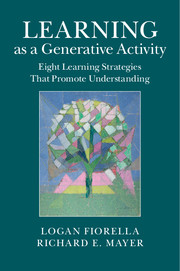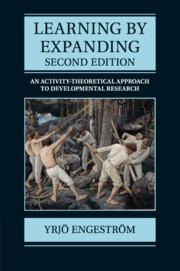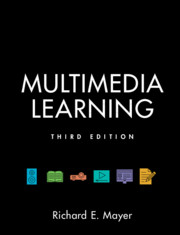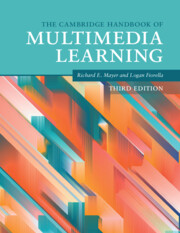Learning as a Generative Activity
During the past twenty-five years, researchers have made impressive advances in pinpointing effective learning strategies (namely, activities the learner engages in during learning that are intended to improve learning). In Learning as a Generative Activity: Eight Learning Strategies that Promote Understanding, Logan Fiorella and Richard E. Mayer share eight evidence-based learning strategies that promote understanding: summarizing, mapping, drawing, imagining, self-testing, self-explaining, teaching, and enacting. Each chapter describes and exemplifies a learning strategy, examines the underlying cognitive theory, evaluates strategy effectiveness by analyzing the latest research, pinpoints boundary conditions, and explores practical implications and future directions. Each learning strategy targets generative learning, in which learners actively make sense out of the material so they can apply their learning to new situations. This concise, accessible introduction to learning strategies will benefit students, researchers, and practitioners in educational psychology, as well as general readers interested in the important twenty-first-century skill of regulating one's own learning.
- Uses the same organization in each chapter and a friendly writing style to make the book accessible to a wide range of readers
- Offers a focused, concise review of learning strategies that is easier to process than multi-author handbooks
- Discusses methods that can be applied to primary and secondary education, higher education, and workplace training
Product details
February 2015Hardback
9781107069916
236 pages
235 × 156 × 20 mm
0.44kg
6 b/w illus. 25 tables
Available
Table of Contents
- 1. Introduction to learning as a generative activity
- 2. Learning by summarizing
- 3. Learning by mapping
- 4. Learning by drawing
- 5. Learning by imagining
- 6. Learning by self-testing
- 7. Learning by self-explaining
- 8. Learning by teaching
- 9. Learning by enacting
- 10. Learning strategies that foster generative learning.






